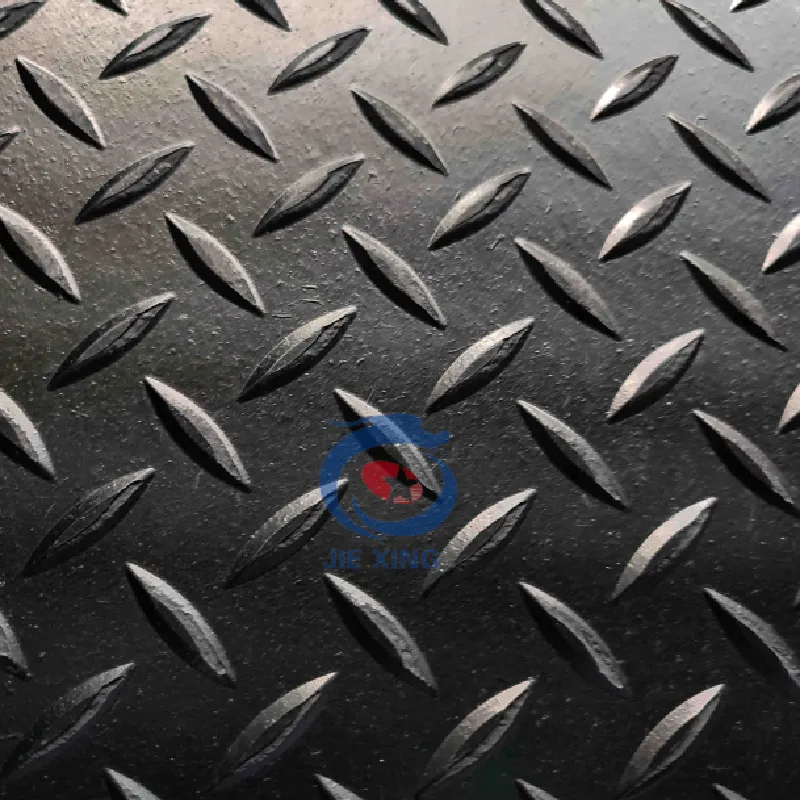weather stripping with adhesive
Weather Stripping with Adhesive An Essential Guide
As the seasons change, homeowners often find themselves battling the elements. One significant way to combat drafts, moisture, and temperature fluctuations is through effective weather stripping. Among the various methods available, adhesive weather stripping stands out for its ease of installation and effectiveness. This article will explore the benefits of using adhesive weather stripping, the materials available, and tips for successful application.
Understanding Weather Stripping
Weather stripping is a material used to seal gaps around doors and windows, preventing air leaks and improving energy efficiency. By blocking drafts, homeowners can maintain a comfortable indoor temperature and reduce heating and cooling costs. Adhesive weather stripping is particularly popular due to its straightforward application process, making it accessible for DIY enthusiasts and professionals alike.
Benefits of Adhesive Weather Stripping
1. Ease of Installation One of the biggest advantages of adhesive weather stripping is its simple installation process. Most products come with a peel-and-stick backing, allowing for quick and hassle-free application. This means even those with minimal DIY experience can successfully install it.
2. Versatility Adhesive weather stripping can be applied to various surfaces, including wood, metal, and vinyl. Its versatility makes it suitable for sealing gaps around doors, windows, and even electrical outlets, ensuring a snug fit against the elements.
3. Cost-Effective Investing in adhesive weather stripping is a cost-effective solution in home improvement. With the potential savings on energy bills and the extended life of heating and cooling systems, it's an economical choice that pays for itself over time.
4. Improved Comfort By eliminating drafts, adhesive weather stripping significantly enhances home comfort. This is especially beneficial during extreme weather conditions, ensuring that homes remain warm in winter and cool in summer.
Types of Adhesive Weather Stripping
There are several types of adhesive weather stripping available on the market, each suited for different applications
weather stripping with adhesive

- Foam Tape Soft and flexible, foam tape is ideal for irregular surfaces and provides excellent insulation. It is available in various thicknesses and can easily be cut to size.
.
- V-Seal Weatherstripping This is a thin strip that forms a V shape and is excellent for sealing gaps between windows and sashes. It is designed to reduce air leakage efficiently.
- Rubber or Vinyl Weather Stripping These materials are more durable and can withstand various weather conditions. They are ideal for doors and windows that experience frequent use.
Installation Tips
To ensure the best results when installing adhesive weather stripping, follow these tips
1. Clean the Surface Before applying, clean the surface to remove dust, dirt, and old adhesive. This will ensure a strong bond and longevity of the weather stripping.
2. Measure Carefully Accurately measure the length of the gap you intend to seal. Cut the adhesive weather stripping to size, allowing for a slight overlap if necessary.
3. Apply Even Pressure After peeling the backing, press the weather stripping firmly onto the surface. Apply even pressure along the entire length to secure a good seal.
4. Allow to Cure If the weather stripping requires curing time, be sure to follow manufacturer instructions to ensure optimal adhesion.
Conclusion
Adhesive weather stripping is a practical and effective way to improve your home’s energy efficiency and comfort. By understanding the different types available and following the correct installation methods, homeowners can enjoy a more pleasant indoor environment while reducing energy costs. Taking this simple step can lead to significant long-term benefits, making it an essential part of home maintenance.
-
Under Door Draught Stopper: Essential ProtectionNewsJul.31,2025
-
Garage Door Seal and Weatherstrips for ProtectionNewsJul.31,2025
-
Edge Banding Tape for Perfect EdgesNewsJul.31,2025
-
Table Corner Guards and Wall Corner ProtectorsNewsJul.31,2025
-
Stair Nose Edging Trim and Tile Stair SolutionsNewsJul.31,2025
-
Truck Bed Rubber Mats for Pickup BedsNewsJul.31,2025
-
Window Weather Stripping for Noise ReductionNewsJul.29,2025